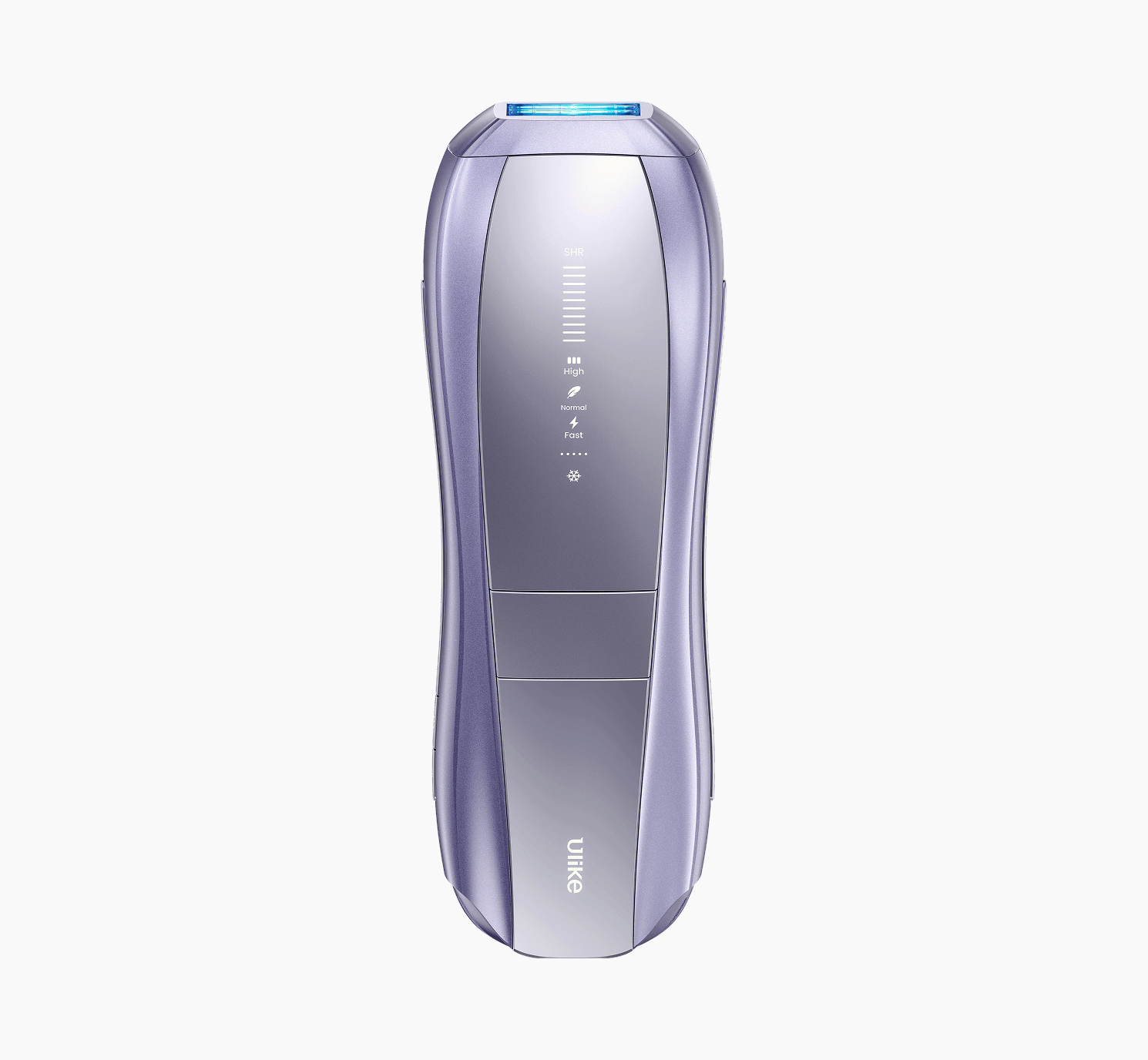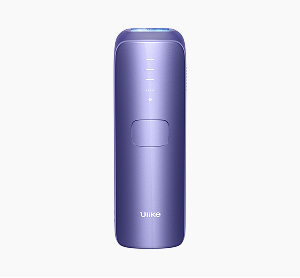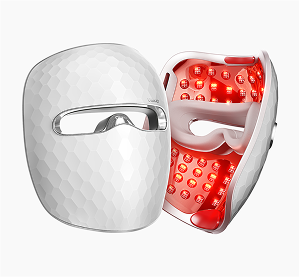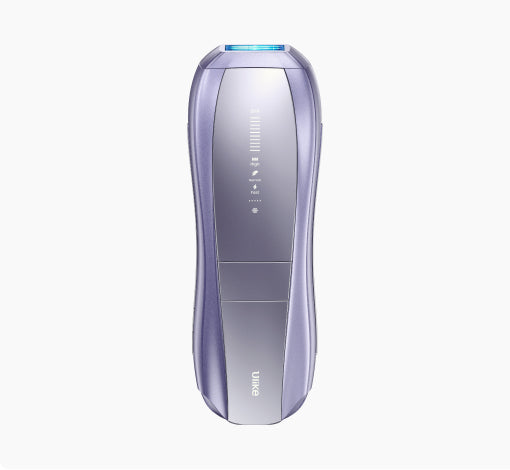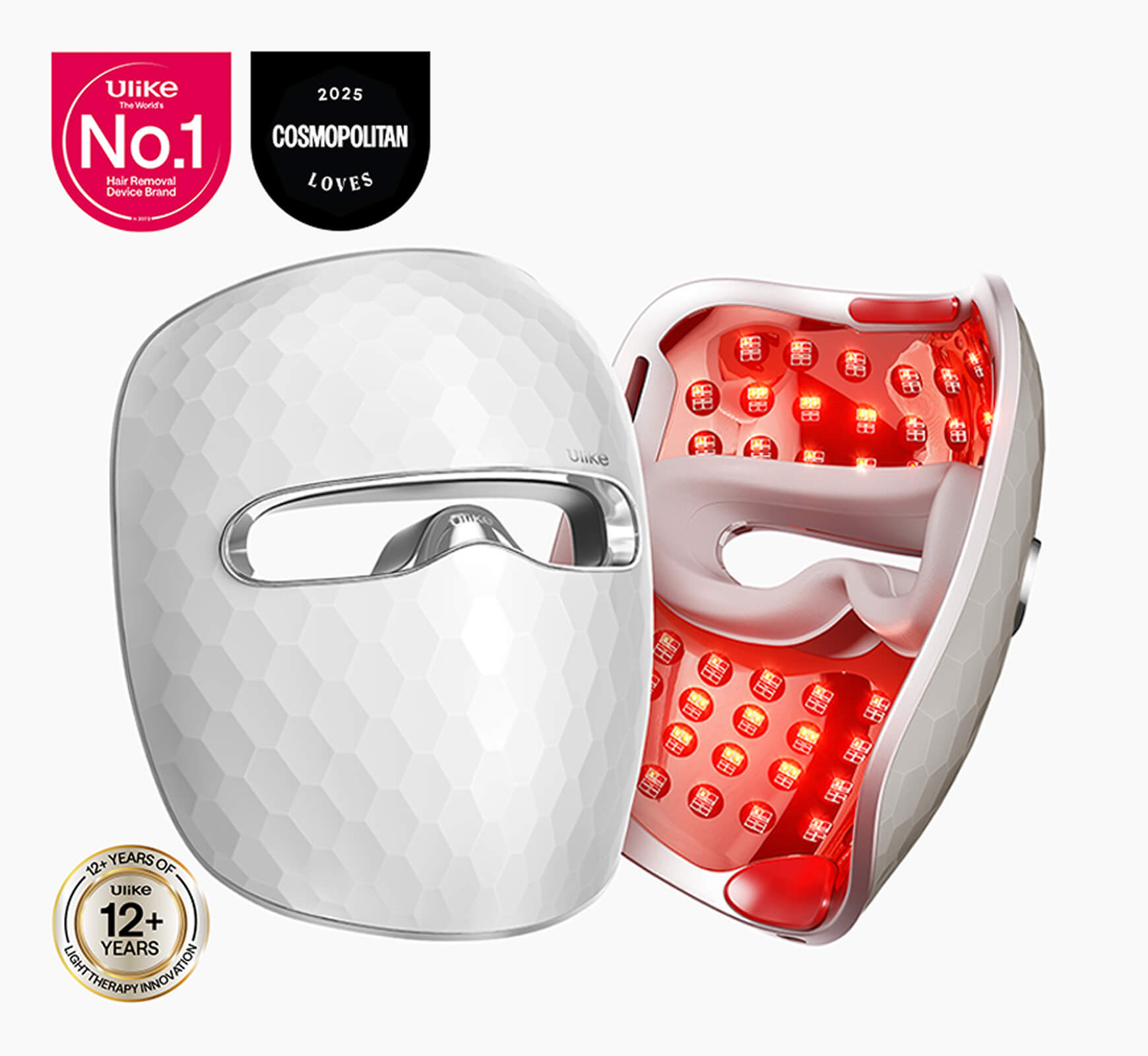If you want to get rid of unwanted air, chances are that your first choice would be hot waxing. It is fast and gives a clean result that has earned it popularity over the years. What you might not know is that waxing comes with some side effects that can go from a mild discomfort to a severe irritation or reaction. Yes, waxing is efficient and fast but it can also cause damage to your skin. One of the threats to your skin is when you start to notice hives after waxing. They show up as an itchy, red rash that can be discomforting, affecting the just waxed area. They can cause a lot of discomfort and irritation in the affected area if not proper;y managed or treated. Today, we would explain why you might have hives after waxing, how to prevent it, the most effective treatment options and alternative hair removal methods.
Table of Contents:- Part 1: Why Do I Get Hives After Waxing?
- Part 2: Is It Normal to Get Hives After Waxing?
- Part 3: How to Get Rid of Hives After Waxing?
- Part 4: How to Prevent Hives After Waxing
- Part 5: Alternative Hair Removal Methods
- Part 6: Frequently Asked Questions
Part 1: Why Do I Get Hives After Waxing?
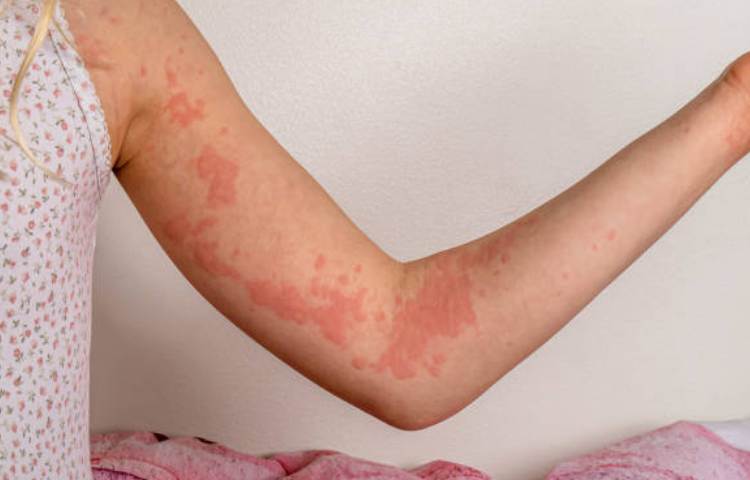
Hives, medically known as Urticaria are a type of skin condition that show up usually after irritation or damage to the top layer of the skin from activities like waxing. How and when hives show up on your skin after waxing depends on several factors. Hives can appear in different sizes and shapes on the surface of your skin, and the itching only gets worse when you itch it. There are several factors that trigger hives and here are a few of them:
Histamine Release
When your body suffers an injury or comes in contact with a substance harmful to you, your immune system triggers the release of Histamine which is responsible for most allergic symptoms, including hives.
Allergies
What happens when you use a waxing product with ingredients you are allergic to? Your body triggers an allergic symptom to alert you of the threat. Hives can be a triggered response to such allergic reactions as your body’s way of saying ”I’m in danger”
Skin Sensitivity
Different people have different skin types and tolerance levels. Sensitive skins are prone to developing hives after waxing when they come in contact with hot wax directly on the skin or the sensation of hair being pulled off from the roots.
Temperature
A key part of waxing is that the wax has to be hot when applied to the skin and cooled down before pulling off. While hot wax does play a part to deliver that smooth finish you are aiming for, it can also trigger skin irritation which can lead to hives.
Physical Trauma
When you are hurt or your skin suffers some form of injury, your body’s natural response is to release Histamine which triggers hives. Scalding from the hot temperature or ripping of the hair from the roots can cause injuries that trigger hives.
Part 2: Is It Normal to Get Hives After Waxing?
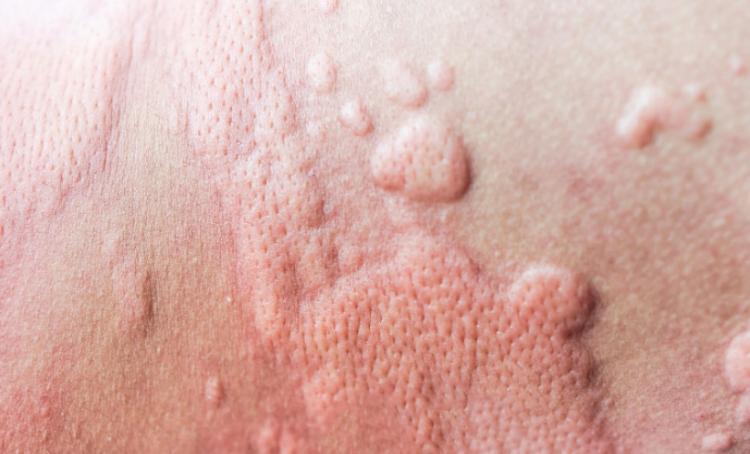
Hives on your skin is a natural way your body lets you know that something is wrong somewhere. The reaction stays at the affected area and would last until the cause of the irritation is treated. Hives are most common to people with sensitive skin types and while it can be discomforting and alarming at first, it does not represent a chronic or severe condition. Unlike most skin reactions like redness and bumps that show up during waxing, hives are not so prevalent and as a result can be alarming when they show up all of a sudden after waxing.
It is vital to note that hives after waxing are completely normal considering the process your skin underwent. How long they last would depend on your skin type, the waxed area and the type of wax you used. Under normal conditions, hives would disappear a few minutes after waxing for most cases. However, they can also last from a few hours to a couple of days.
Part 3: How to Get Rid of Hives After Waxing?
Once you deal with the reason why your skin is irritated, triggering hives, then they would go away on their own without any need for medications. Regardless, there are still a few things you can do to speed up this process and reduce the discomfort that comes with hives on your skin:
Apply A Cold Compress
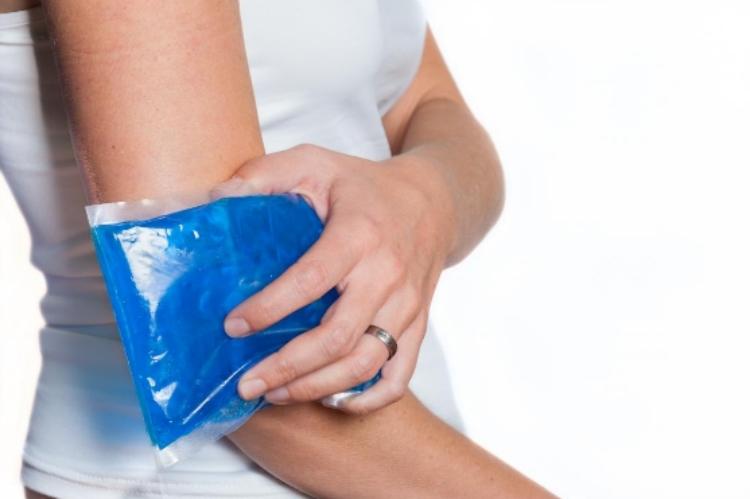
Soothe the skin should be the first step and you can do this with a cold compress. Get an ice pack or wrap some ice in a towel and gently place it on the affected area for about 15 minutes. Since hot wax scalding the skin can cause hives, a cold compress should help you speed up the healing process.
Over The Counter Medications
Over the counter medications like loratadine or cetirizine can help reduce the swelling and speed up the healing process. These medications are antihistamines that work in the opposite direction of histamines, blocking out the effects and reducing swelling or itching in the process.
Reduce Exposure To Heat
Till the affected area starts to feel and look better, it is best to avoid hot showers, baths, saunas and exposure to direct sunlight as this can make the discomfort worse. Use sunscreens and topical creams that have hydrocortisone as one of their key ingredients.
Part 4: How to Prevent Hives After Waxing
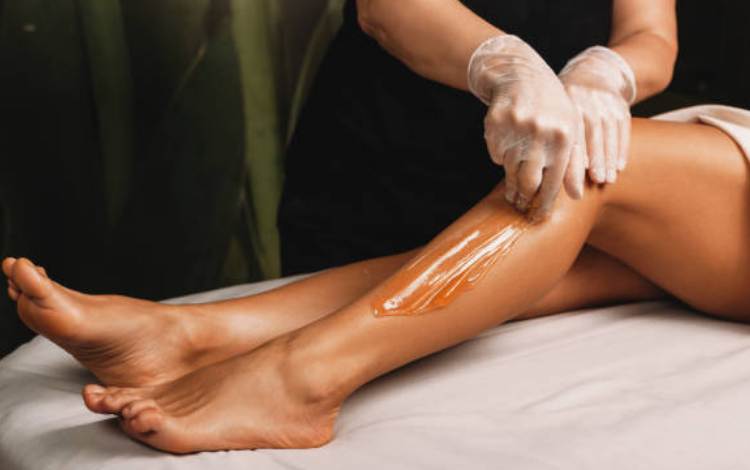
You can effectively and efficiently prevent hives after waxing with a combination of care practices and procedures before and after waxing:
Pre Waxing Preparation
- Exfoliation:Do routine exfoliation to remove dead skin cells and reduce the risk of ingrown hairs.
- Strip Test:Test the hot wax on a small area of your skin to check for allergic reactions and whether or not the temperature is right.
- Use Good Wax Products:Use wax of good quality with ingredients that work well for your specific skin type.
Post Waxing Care
- Apply soothing lotion immediately after waxing.
- Steer clear heat exposure like hot showers, baths and steam rooms.
- Use a moisturizer to keep the skin hydrated
- Use sunscreensto protect from direct sunlight.
- Drink lots of water
Part 5: Alternative Hair Removal Methods
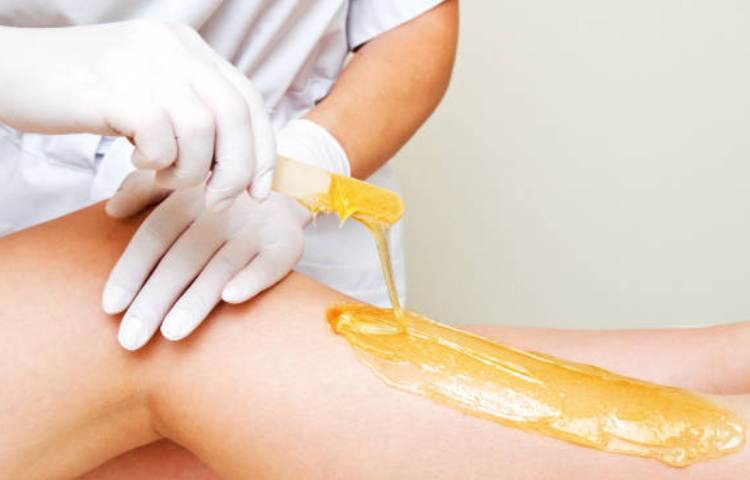
You can avoid hives altogether by opting for better, skin-friendly hair removal options. Sugaring for example is gentler on the skin and leaves your skin healthier after use. Ulike IPL, hair removal is also a great option that is less painful, and delivers even longer lasting results in two weeks.
Part 6: Frequently Asked Questions
Can hives from waxing spread to other parts of the body?
Yes, hives can spread, but only when caused by an allergic reaction. If it is just a skin irritation, caused by physical injury, it would stay in the affected area.
How long do hives after waxing usually last?
It can last from a few minutes to a couple of days. If you notice hives lasting longer, you might need to see your dermatologist.
Is it safe to wax again if I’ve had hives before?
If you have had hives after waxing before, it is best to take precautions. Either get professional help or opt for better hair removal alternatives like Ulike Air 10.
Conclusion
If you wax often the chances of having hives is higher. With these safety precautions and help guides you now know how to best treat and prevent hives after waxing. It is best to monitor how your skin responds after each wax routine, know what works and what doesn't, and how you can get better results with less harm to your skin. With sugaring and laser hair removal, you can get even better results with zero risk of having hives.

